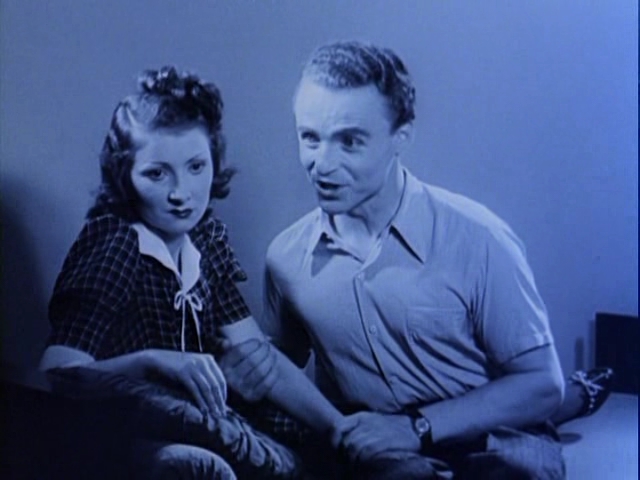
Sometimes I am surprised by which films my students seem to love. I’ve learned that if a film contains a certain degree of exuberance, that exuberance tends to lend itself to the spectator, forever endearing an audience to a film. Such was the case with Nevinost bez zaštite (1968), which I spent an entire class both screening and analyzing with my students. At the end of the semester it was Nevinost bez zaštite that they unanimously preferred above all the other films that we examined.
Dušan Makavejev’s Nevinost bez zaštite, or Innocence Unprotected in english, is a wry bit of anti-nationalist filmmaking that suggests that patriotism, like the cinema, is a powerful illusion. In all of his works Makavejev is highly critical of political authority, but he is never more explicit in his critiques than in Nevinost bez zaštite.
Makavejev cuts footage from the early Serbian sound film Nevinost bez zaštite (1941) with Nazi newsreels and footage of the film’s director and star, Dragoljub Aleksić, performing his much lauded stunts (circa 1935-45) with contemporary interviews with the cast and crew of Nevinost bez zaštite shot in 1968. Makavejev doesn’t retitle his reimagining of Nevinost bez zaštite, as if to insist that there is a larger continuity in cinema’s complicity as a means for propaganda.
When Nevinost bez zaštite was released in 1941 it was censored and banned by the Nazis only to be censored later, after the occupation, by Serbian authorities for being pro-Nazi. This paradox is the central theme of Makavejev’s reimagining of this landmark film. By inserting newsreel footage Makavejev can explicitly demonstrate one perspective followed by the other, proving the flexibility of montage as a political expression. This is only aided by the comically contradictory testimony that Dragoljub Aleksić gives about the original film’s production and release. Makavejev is so adept in his editing that it feels as though, with every cut, the meaning and intent of the film has changed.
In the end Makavejev’s Nevinost bez zaštite is a film about three perspectives coexisting that are, on celluloid, preserved for generations to come to analyze and debate. Nevinost bez zaštite is about Dragoljub Aleksić’s Serbian pride, it’s about anti-Nazi paranoia, and it’s about the legacy of political resistance and collaboration as it echoes through time from WWII to 1968. Engaging history and cinema as two mediums that are always in flux but also inarguably linked is, from my observations, what has kept Nevinost bez zaštite such an appealing film.
